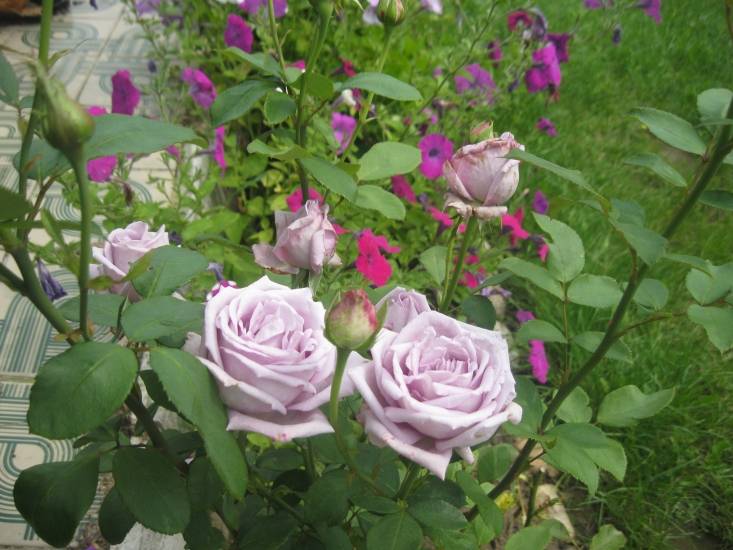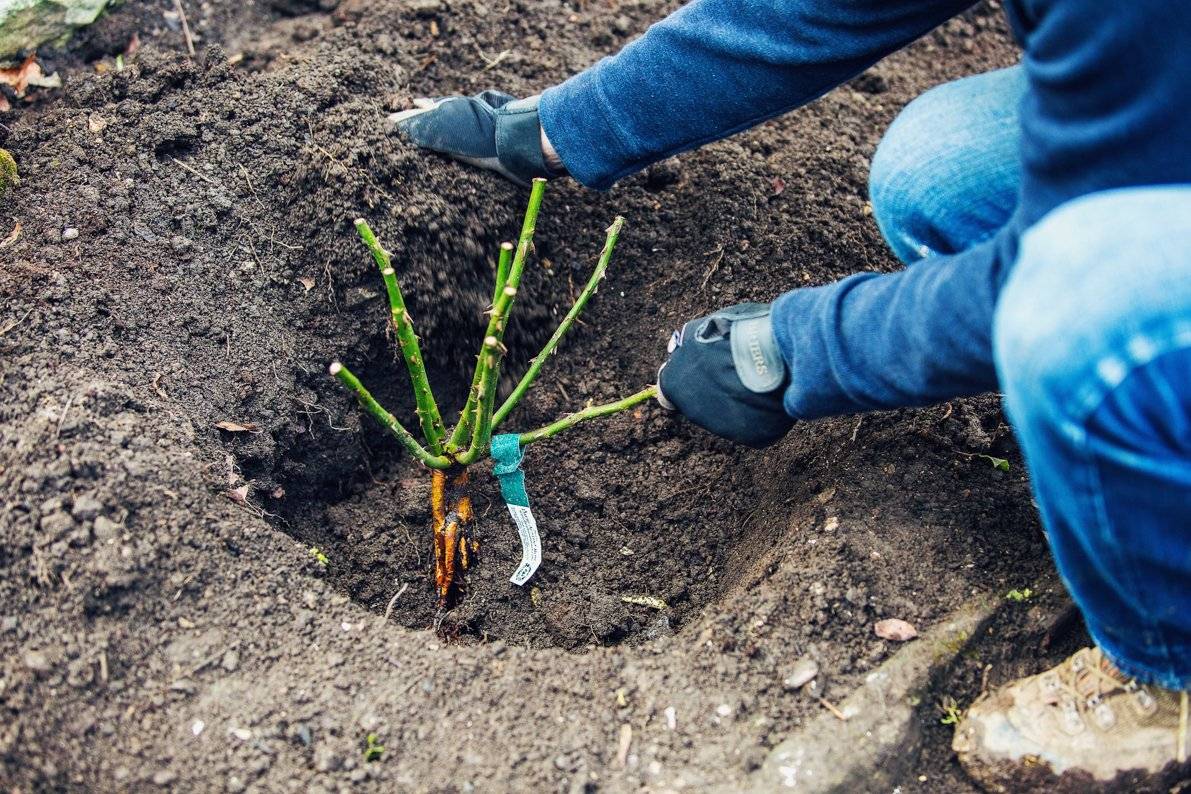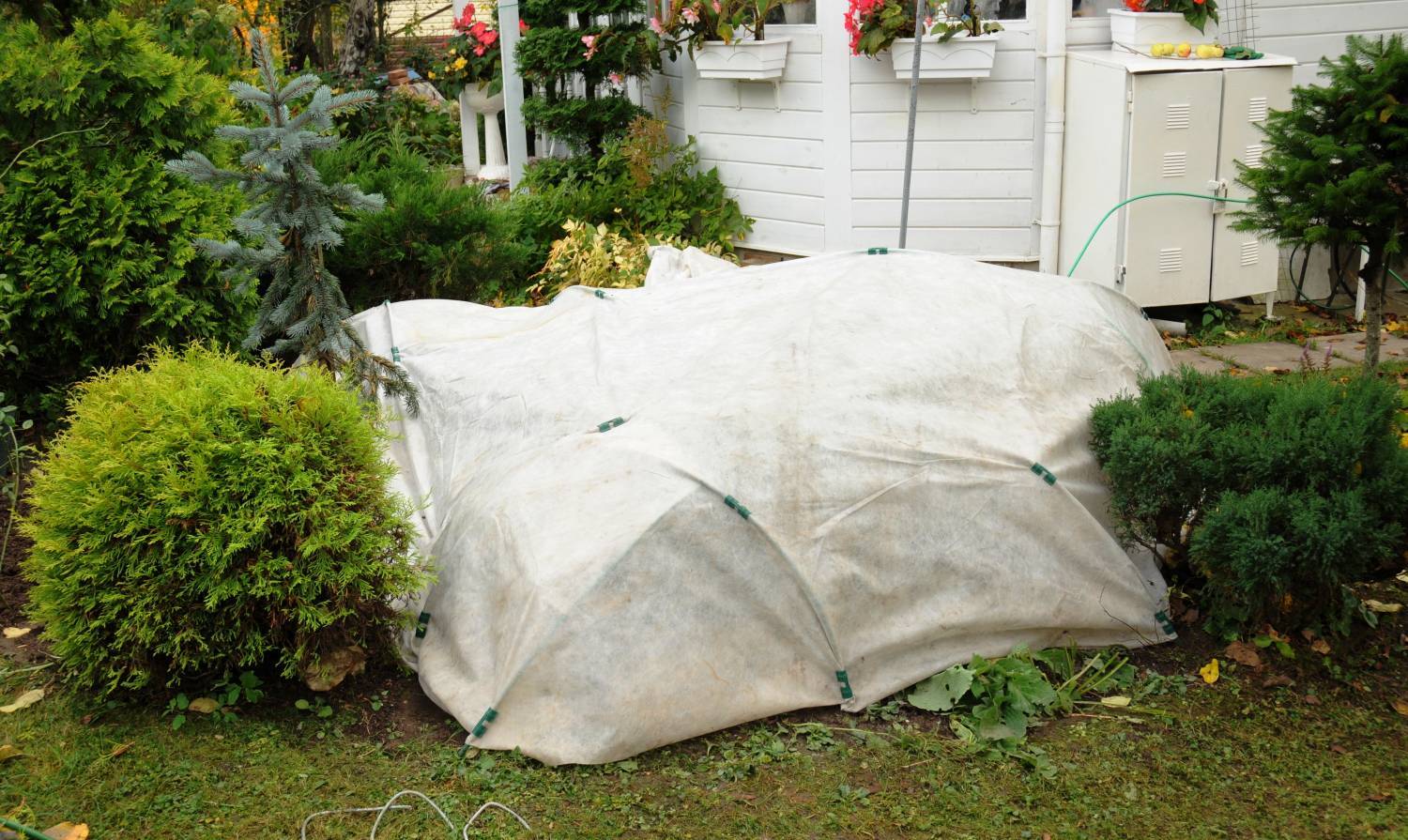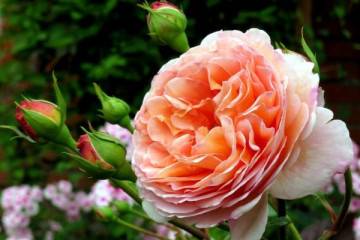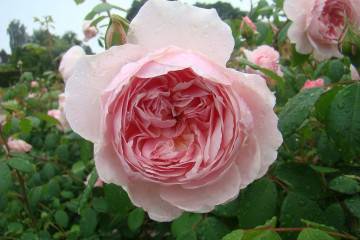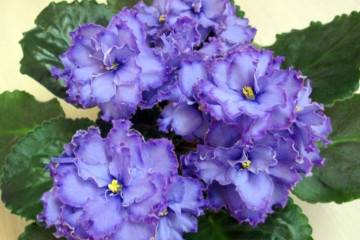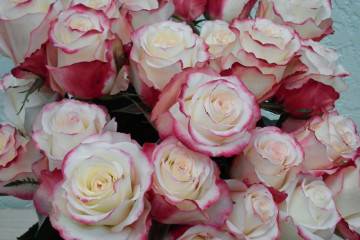Rose Blue Nile - characteristics of varietal flower
Content:
Rose Blue Nile is an incredibly beautiful flower with an unusual color and persistent aroma. This hybrid tea rose will appeal to amateurs and professional flower growers who want to acquire a unique variety for decorating the site.
Rose Blue Nile - what is this variety
The Blue Nile hybrid tea rose has erect shoots, large dark green leaves with a glossy surface and many thorns. The height of the plant varies from 50 cm to 1.5 m, and the width is from 70 cm to 1 m.
The diameter of the densely doubled open flowers is 11-12 cm. According to the description, they are painted in a delicate lavender-blue color. Flowers most often grow singly. In rare cases, they are collected in inflorescences of 3-4 pcs. on one stem.
Rose scent combines tea, citrus and fruity notes.
This amazing variety is used in landscaping to decorate gardens and parks. Blue roses are planted singly or in groups. They look beautiful in vases and complex bouquet arrangements in the company of pink, blue and yellow flowers. Once cut, a blue rose can stand in a vase for a long time.
The main advantages of the variety:
- beautiful appearance;
- the rarest color of buds;
- strong pleasant aroma;
- frost resistance;
- medium resistance to gray mold and black spot;
- abundant flowering;
- re-flowering with proper care;
- the ability to stay on the bushes for a long time and stand in a vase after cutting.
Among the disadvantages are the fear of rainy weather, a large number of thorns on the stems, and low resistance to various diseases.
In nature, there are no flowers painted in a blue tint. However, the French breeder Delbar was able to develop this variety in 1981. The variety was registered in the United States in the same year. The variety, which has spread all over the world, has won many high awards. For its appearance, the Blue Nile rose received the Bagatelle gold medal in 1981 in Paris, and in 2001 was able to become the queen of the San Mateo rose exhibition.
Growing a flower: how to plant it in open ground
The plant must be grown in a well-lit area in the morning and evening, and in the afternoon it must be in partial shade. This will allow the flower to remain without burns from the bright sun. The rose is planted on a hill, where there will be no accumulation of moisture, leading to rotting of the plant root system. The place for planting the bush must be ventilated and protected from drafts and strong gusts of wind.
A rose requires a fertile, moist, loose soil with high acidity. The composition of the soil must be nutritious. You can make a nutritious soil mixture yourself. To do this, you need to mix:
- 3 hours of manure;
- 2 hours of fertile soil;
- 2 hours of sand;
- 1 tsp peat.
The seedlings must be of high quality. The presence of long and pale shoots indicates a painful condition of the seedling. Good seedlings should have:
- developed root system;
- strong stems of bright green color;
- not less than 2-3 lignified stems.
Selected seedlings are prepared in advance before planting. They are kept in moist soil in a cool room, soaked in a growth stimulator.
Planting in open ground is carried out from March to October. This is best done in the spring. At the time of planting, the ground should warm up to 12 ° C. Step by step scheme:
- Dig holes 50 cm deep at a distance of 70 cm from each other.
- At the bottom of each, pour 10 cm of a drainage layer of pebbles, sand and broken brick.
- Put a layer of prepared soil mixture in the pits, moisten.
- Plant rose seedlings, gently straightening the roots.
- Cover with nutritious soil, tamp and water abundantly.
Plant care
Compliance with the rules of care will provide the plant with stable growth and re-flowering. Care consists of watering, loosening, fertilizing, pruning, shelter for the winter and replanting.
Watering
Watering should be sparse but abundant. In this case, it is impossible to dry out the earth. In normal weather, 1 watering per week is enough for a flower. Each bush is poured from 3 liters to 5 liters of water at room temperature. During the dry season in summer, the frequency of watering increases to 2 times every 7 days. Watering is best in the evening.
Loosening
Loosening is required after each soil moistening. It is necessary to loosen the soil of the root circle carefully, otherwise there is a possibility of harm to the root system of the plant. Loosening contributes to the saturation of the earth with oxygen and water permeability. During the procedure, the emerging weeds are removed.
Top dressing
In the first year, the plant will not need feeding. In the second year, they begin to fertilize it. In the spring it is necessary to feed with mineral fertilizers. A week later, the rotted mullein is introduced. During the budding period, the plant is fertilized with an infusion of chicken droppings and a mullein. Before flowering, mineral fertilizers are again used. Top dressing is stopped when the rose begins to bloom.
Pruning
In the spring at the beginning of March, before the buds awaken, the frozen, dried and damaged shoots are cut off from the flower. Empty and dead buds are removed throughout the summer to ensure abundant flowering. In the fall, they carry out sanitary pruning, removing broken, damaged and overly long shoots.
Shelter for the winter
Despite the plant's resistance to subzero temperatures down to -35 ° C, it needs to be insulated just in case. First, the rose is covered with dry foliage, then with spruce branches, and at the end - with non-woven material.
Transfer
The bush is transplanted every 2 years for lush flowering. The transplant is performed in April or September. In the summer, you can transplant a bush only if it has grown widely, has stopped blooming, or the roots have become noticeable above the ground.
Blooming rose
The rose is in an active flowering phase from June to November. During this period, it blooms continuously. At this time, fertilization is stopped, only the first buds are watered and cut off. This will improve the development of the root system. Reasons why a plant may not bloom:
- excess nitrogen content in the soil;
- improper hydration;
- lack of food and lighting;
- harmful insects, diseases.
If you follow the rules for care, transplant and feed the plant, then the hybrid will bloom.
Flower propagation
The blue rose is propagated by cuttings. After the first phase of flowering, branches of 8 cm with 2-3 leaves are cut from the center of the stem. The cut from the bottom is performed obliquely, and the upper one is straight.
Diseases, pests and ways to control them
The plant can suffer from:
- cytosporosis;
- necrosis;
- tracheomycotic wilting.
These diseases are caused by fungi. Treatment with antifungal fungicides will help to cope with them. Of the pests, aphids are most often attacked. It can be defeated with wormwood tincture and soap solution.
The hybrid tea blue rose will become a key decoration of the garden. The main thing is the right conditions of detention.

